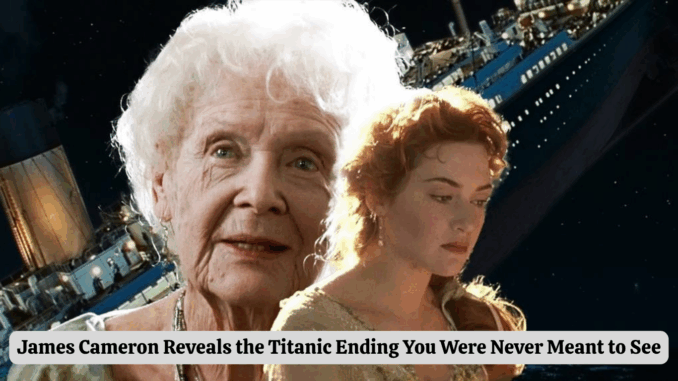
James Cameron Talks About Original Titanic Ending
James Cameron, the acclaimed director of Titanic, has often shared fascinating behind-the-scenes insights into the making of the iconic 1997 film. Recently, he opened up about the film’s original ending, one that was ultimately altered before release but carried a very different tone and message. This alternate version, while emotionally powerful, was replaced with the more subtle and poetic ending that audiences know today.
In the theatrical version that millions came to love, the film ends with the character of Old Rose silently dropping the “Heart of the Ocean” necklace into the sea, a private and symbolic gesture that pays tribute to her lost love, Jack Dawson. Cameron revealed that in the original cut, the ending was more dramatic and included additional characters discovering Rose at the moment she releases the jewel.
The original version aimed to deliver a more overt message about the lessons of wealth, legacy, and loss. According to Cameron, the scene included:
- Old Rose being caught by treasure hunter Brock Lovett and his team as she prepares to drop the necklace
- A brief confrontation where Rose explains her reasons for returning the jewel to the ocean
- A moment of realization for Lovett, prompting a personal transformation in his character
While the message was clear and heartfelt, Cameron eventually decided it was “just too on the nose” and disrupted the emotional rhythm established throughout the film. Test screenings confirmed his instincts: viewers found the theatrical ending more impactful. It left space for reflection, allowing audiences to interpret the emotions and messages in their own way.
This revelation adds another layer of appreciation for Titanic’s storytelling. It also highlights the fine line filmmakers walk between reinforcing themes and maintaining subtlety. Cameron’s decision to cut the original ending reminds us that sometimes, “less is more”—especially when conveying the deepest human emotions.
